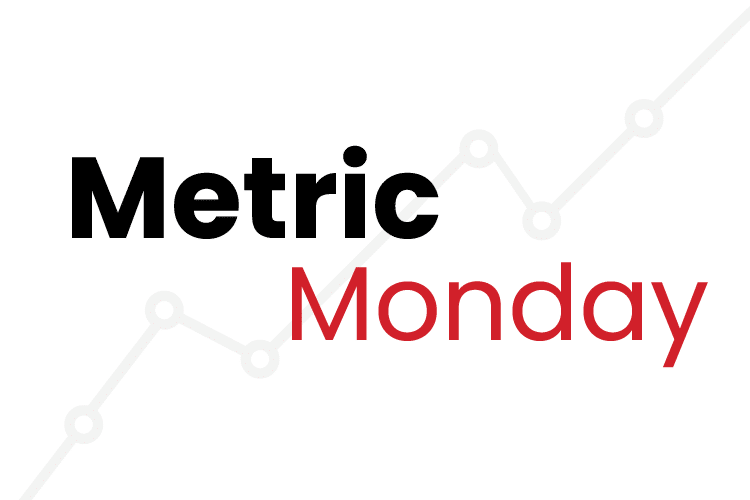Restaurant staffing is currently top of mind for every operator. In our industry, labor recruitment and retention have been issues even before the pandemic. Yet, with the Society for Human Resource Management (SHRM) predicting that the labor shortage will continue to persist for years, there seems to be no relief in the near future.
While we hope to weed out weak employees during the interview process, sometimes we end up hiring so quickly due to fear of losing candidates. The good news is that your restaurant’s data already knows which servers are rock stars and which ones are a potential threat to your restaurant’s sales and productivity.
You might find these additional resources helpful:
7 Reports that measure restaurant server productivity
The reports below help managers see which servers are excelling and who could benefit from additional coaching.
Employee Charge Tip Percentages
Tips can be a measure of guest satisfaction. You can use this report to compare one employee’s average tip percentage to another, or you can compare an employee’s tip percentage to the average tip percentage for a location.
Server Metric Trend Report Print
This report is an excellent way to compare servers against average server performance. For example, to view Net Sales, select “Net Sales” as the numerator and “None” as the denominator. To view Comp Percentage of Sales, select “Comps” as the numerator and “Net Sales” as the denominator.
Server Non-Serving Time
This report can be used to see if employees are being efficient with their time. It can also be used to compare the performance of your servers at a single location or to compare overall server efficiency across multiple locations.
Server Productivity Report
The Server Productivity report can be used as an effective coaching tool, as it compares the performances of individual servers. It can also be used to compare individual server performance with the average server performance of one or more locations.
Server Rankings Report
The server rankings report provides a comparative view of guest average, credit card tip average, and average table turn time. This can be a great comparative report that can help you identify your strong/weak selling servers and your table-turning servers.
Server Sales Report
The Server Sales report summarizes server sales activity. Use this report to track the performance of servers based on guests, checks, or entrées. This report is similar to the POS report; however, this report tracks sales by individual servers for the following metrics: Sales Departments, Comps, Promos, Paid Outs, and Voids. Additionally, this report displays by Metric, Percent of Sales, Per Guest Average, and Location Average.
Server Table Turn Summary
This report allows you to measure the frequency at which employees are turning tables and the average per-table sales for the selected time frame. This report can be a good tool for determining the efficiency of your employees.
Pulling it all together
Once you have identified your top performers, be sure to acknowledge and reward top them so that you can retain these rockstars. Nine in ten restaurant managers started in entry-level positions, so it’s safe to say a restaurant’s next manager may come from its internal team. Once you identify these employees, map out a career path and begin working on the skills associated with each step needed to keep developing them.
Servers who are underperforming may need some additional training to increase their sales and/or productivity. For example, if your Server Sales Report shows that a particular server has a large number of voids, it is time to re-train them on the POS.
Or perhaps you notice that someone has consistently low per-guest sales averages compared to their peers. It could be time to set up a shadowing program. Pairing a rockstar server with an underachieving server can go a long way in the latter understanding how they can improve their performance.
Lastly, be sure to measure whether employees are improving. Establishing specific, attainable Key Performance Indicators (KPIs) to gauge employee performance will help you monitor which of your improvement efforts are working and which are not.



